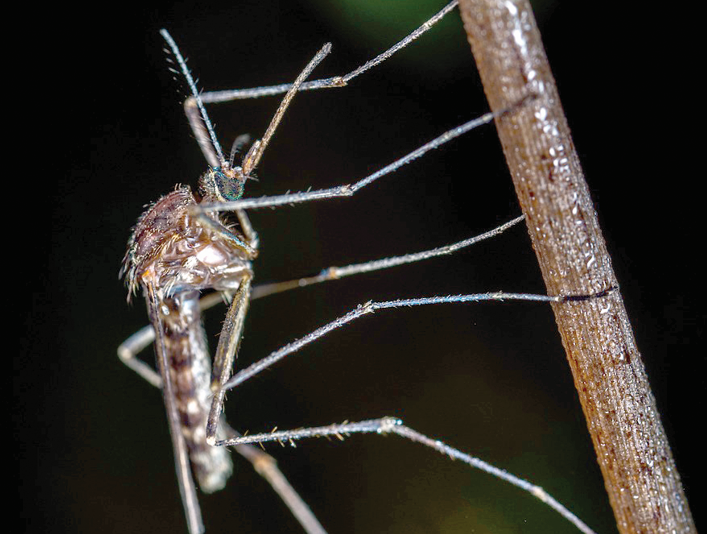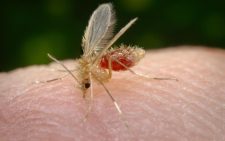10 myths and misconceptions around modified mosquitoes

In the fight against mosquito-borne diseases, scientists have turned to groundbreaking genetic technologies to reduce disease transmission. However, Genetically Modified (GM) mosquitoes have raised concerns and sparked myths and misconceptions around it.
Abraham Isah, OFAB Project officer, Nigeria demystifies them;
1. They are a hidden agenda
There have been allegations that scientists have secret agendas, and that is why they’re pushing for the release of Genetically Modified (GM) mosquitoes. However, the truth, releasing GM is intended to control populations of disease-carrying mosquitoes, such as Aedes aegypti, which spread malaria, dengue, and Zika virus.
These mosquitoes are engineered to either reduce the population or make it less capable of transmitting diseases. This approach has been thoroughly tested and regulated by authorities like the Environmental Protection Agency (EPA) and the World Health Organisation (WHO) to ensure safety and efficacy.
The primary goal is to reduce disease burden and improve public health, not to impose a hidden agenda.
2. A secretive global agenda
The use of GM mosquitoes is not part of a secretive global agenda, but rather a scientifically-driven strategy to combat mosquito-borne diseases.
WHO, alongside other health organisations and public-private partnerships, supports these efforts based on the potential benefits of reducing disease incidence.
The claim that Bill Gates or specific organisations are driving a nefarious agenda lacks substantive evidence and misrepresents the collaborative and transparent nature of these public health initiatives.
3. Responsible for disease fluctuations in Brazil
GM mosquitoes have been deployed in various countries, including Brazil and Mexico, with varying results. The claim that dengue fever increased by 400 per cent in Brazil due to GM mosquitoes is misleading.
Dengue fever rates can fluctuate due to a variety of factors, such as climate changes, population movements, and the effectiveness of other vector control measures.
Some of these countries are experiencing these challenges which are resulting to increase of mosquito-related diseases.
4. Responsible for Malaria in the United States (US)
There is no evidence to suggest that GM mosquitoes are responsible for the emergence of malaria or encephalitis in the US. Malaria cases in the U.S. are typically travel-related, and encephalitis can have various causes unrelated to GM mosquito interventions.
The appearance of these diseases can be influenced by multiple factors, including changes in environmental conditions and other health issues.
5. The innovation will harm human beings
Governments and public health agencies base their decisions on scientific research and risk assessments. The deployment of GM mosquitoes undergoes extensive evaluation to ensure safety and effectiveness.
Public health strategies, including the use of GM technology, are designed to address disease outbreaks and improve community health, not to harm citizens.
6. Part of population control agenda
Claims of a population control agenda are unfounded and not supported by evidence. Public health measures, including GM mosquitoes and vaccines, are designed to prevent and manage diseases, not to control populations.
These interventions aim to protect health and improve quality of life, based on scientific research and public health needs.
7. African countries have already released the mosquito
No African country has yet released GM mosquitoes with gene drive technology into the environment. While mosquitoes, which are designed to spread a genetic modification through a population over successive generations, hold significant potential in combating malaria, they are still in the experimental and trial stages.
Several African countries, particularly Burkina Faso, Mali, and Uganda, are participating in research and contained trials through initiatives like Target Malaria. However, the release of gene drive mosquitoes into the environment has not yet occurred.
8. It eliminates the need for other mosquito control methods
Some narratives suggest that GM mosquitoes are a standalone solution, rendering other mosquito control strategies obsolete. However this is not true. This technology is complementary to existing mosquito control methods, not a replacement. Integrated vector management (IVM) combines multiple strategies, such as environmental management, chemical controls, biological controls, and genetic methods like gene drives, to effectively reduce mosquito populations and disease transmission. Relying on a single method is less effective and can lead to resistance or other issues.
9. It will completely eradicate malaria
There is an overstatement that GM mosquitoes will completely eradicate malaria without the need for additional public health measures. While the innovation is a promising tool in the fight against malaria, they are not a silver bullet. Effective malaria control requires a multifaceted approach, including medical treatments, preventive measures like bed nets and indoor spraying, public health education, and improved healthcare infrastructure.
GM mosquitoes can significantly contribute to reducing malaria transmission but must be integrated into broader control strategies for maximum effectiveness.
10. It will eliminate mosquito population by permanently disrupting ecosystems
GM mosquitoes are designed to target specific species, particularly those responsible for spreading diseases like malaria, dengue, and Zika. The goal is not to eradicate all mosquitoes but to control the population of disease vectors.
There are thousands of mosquito species, and only a few are responsible for transmitting diseases. Environmental impact assessments are conducted before any release to ensure minimal harm to ecosystems.
















